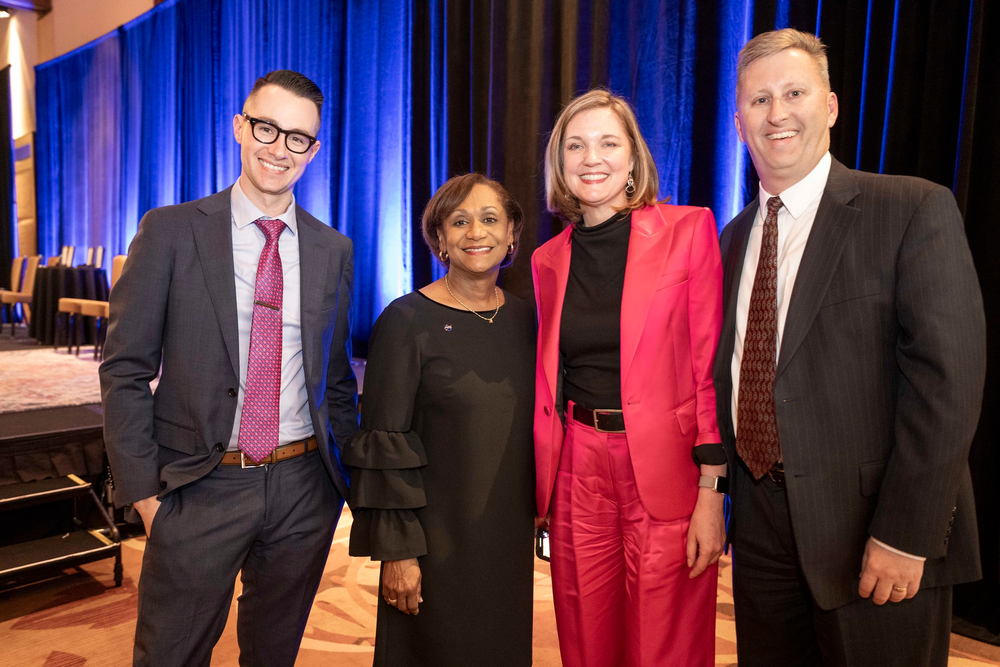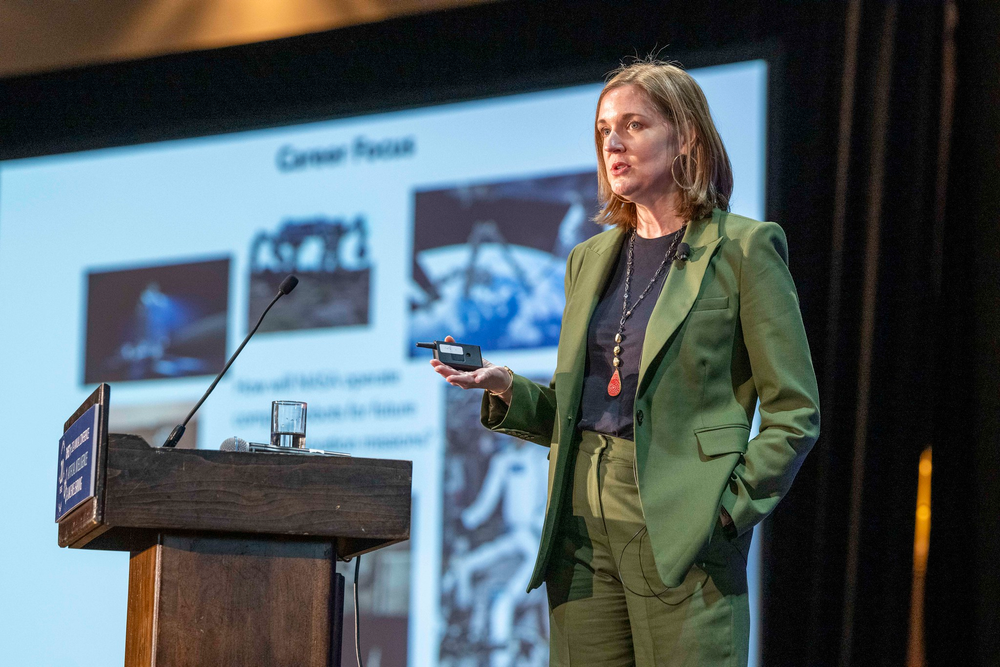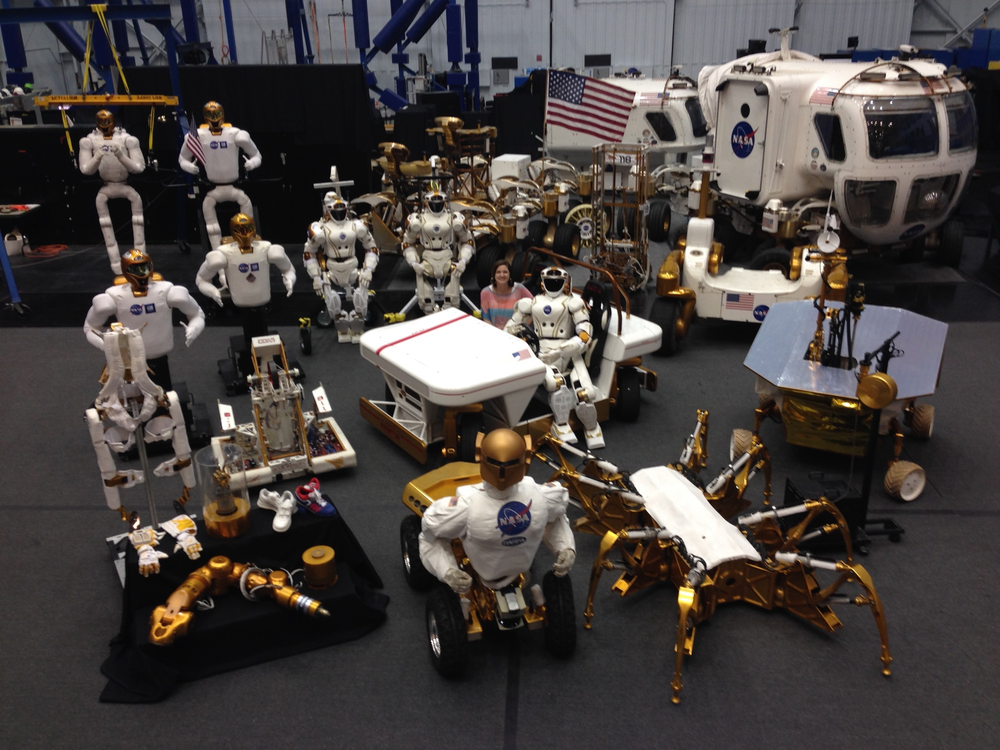Dr. Kimberly Hambuchen's Odyssey: Pioneering the Future of Robotics and Innovation
In the constellation of scientists and engineers who push the boundaries of space exploration and technology, Dr. Kimberly A. Hambuchen shines brightly. Her latest accolade, the 2024 Edith and Peter O'Donnell Award in Technology Innovation from Texas Academy of Medicine, Engineering, Science & Technology (TAMEST), is a testament to her pioneering spirit and her contributions to NASA's mission for the benefit of all.
Her work in enhancing the autonomy and usability of robots, particularly by overcoming the challenges posed by space communication delays, has not only advanced the agency's capabilities but also laid the groundwork for future exploration.
The O'Donnell Awards ceremony was held Feb. 5-7 at the AT&T Hotel and Conference Center in Austin, Texas, coinciding with TAMEST's 20th anniversary. The ceremony annually celebrates Texas researchers who significantly contribute to the integration of science and technology in society, showcasing exemplary professional performance, creativity, and resourcefulness.

Hambuchen serves as the deputy chief of the Software, Robotics, and Simulation Division in the Engineering Directorate at NASA's Johnson Space Center. There, she supervises the development of technology and system management for robotics, flight software, simulation, and crew countermeasures. In her prior role, she was the acting deputy manager for the Systems Engineering and Integration Office of the International Space Station Program, overseeing the performance of the space station in areas including robotics, modeling, safety, and mission success.
Hambuchen’s research focuses on human-robot systems, with her key innovation being the Affordance Template. This breakthrough has revolutionized the way human operators and robots interact, making her a beacon of inspiration in the field.
“The Affordance Template framework was a development that allowed a human robot operator to give the robot steps to take for task completion, despite not having full knowledge of a remote robot’s environment,” she explained. “For example, if a task required a robot to close a valve, a valve-closing template could be created that instructs the robot how to execute the valve-closing motion based on sensor data that the robot sends back to the operator.”

During her 20-year career as a robotics engineer at Johnson, Hambuchen developed human-robot interaction techniques and tools for the Robonaut and Centaur robots, the Space Exploration Vehicle, and the bipedal humanoid, Valkyrie, among many others. She was a member of the International Space Exploration Coordination Group’s Telerobotics Gap Assessment team, providing gap analysis in the field of operating space robots for the international space community.
Hambuchen emphasized the evolution of her work, noting, “Other Johnson employees began modifying the templates to increase robotic autonomy for even more efficiency in remote operations of these robots. The framework was further developed at a small business into a framework for dexterous robotics, and academic students began adapting the framework with their new ideas.”

In her journey, Hambuchen has overcome the challenges posed by the unpredictable nature of robotics. “My most significant milestone was seeing the work I did at Johnson be applied to robots in the field,” she said. “The tools I developed to operate robots during analog tests were precursors to the Affordance Template framework.”
Hambuchen's vision for the future is clear: to see NASA robots on the lunar surface and to contribute to the Artemis Generation's legacy. Her advice to young scientists and engineers, especially women in STEM, is to be curious, fearless in asking questions, and relentless in pursuing their passions.
As Hambuchen looks forward to the future of space exploration, her achievements and insights not only pave the way for the next generation of explorers and innovators but also remind us of the boundless possibilities that lie in the intersection of technology, exploration, and human ingenuity.
“For the junior members of this generation, I hope they see that, despite the swings of funding, to not give up hope on being part of the team that will enable humans to sustain a lunar presence,” she said.











